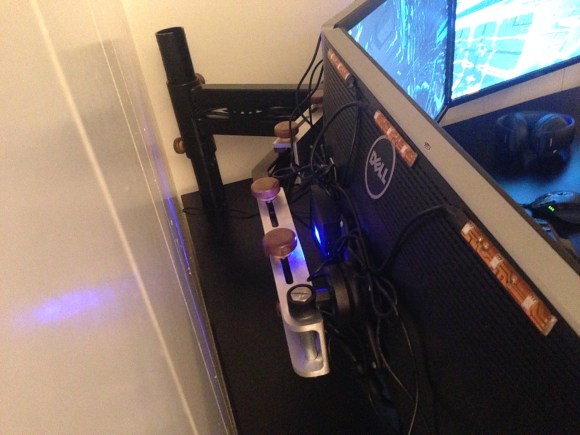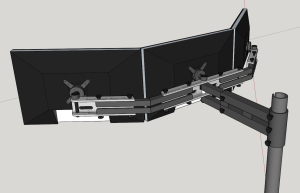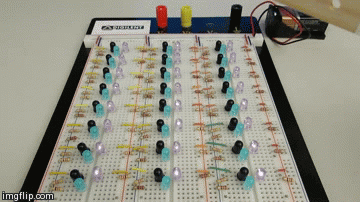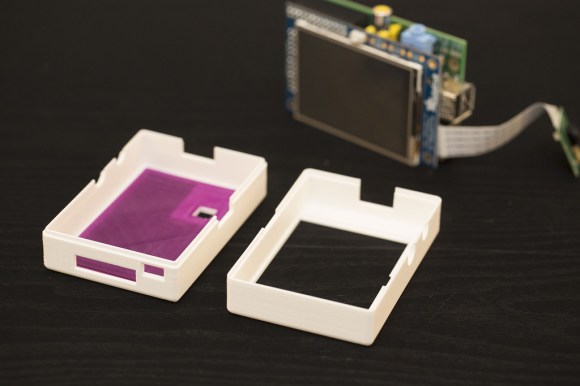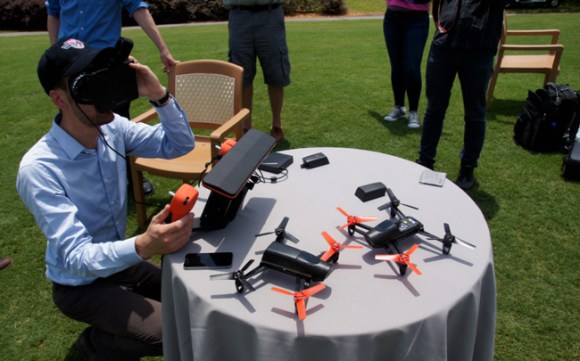
Controlling autonomous vehicles remotely with the use of virtual reality headsets seems like an obvious next step. Already, a few UAV companies have begun experimenting with these types of ideas by integrating Oculus Rift developer kits into their hovering quadcopters and drones. Parrot released a video on their blog showing that they developed a head-tracking system for their Bebop Drone in an effort to bring FPV flights to fruition. It looks like a lot of fun and we want to try one of these out asap!
As for technical specifications, they can be found in the YouTube description of the video embedded below. A quick glance showed that the operating system is based on Android and uses WiFi to connect the handheld tablet to the autonomous vehicle floating above. The range is a whopping 2km, giving plenty of freedom to explore. Moving one’s head swivels the attached camera giving a more immersive flying experience.
This isn’t the first example of FPV drones that we have seen. Previously, we covered an Oculus Rift + Head Tracking setup and another similar integration with a Black Armor Drone. We are bound to see virtual reality equipment used to control drones more and more as developers get their hands on cutting edge hardware like the Oculus developer kit 2 hardware which is currently shipping.



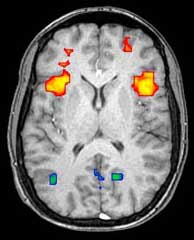 The current research tool du jour in the field of neuroscience and psychology is the fMRI, or functional magnetic resonance imaging. It’s basically the same as the MRI machine found in any well equipped hospital, but with a key difference: it can detect very small variances in the blood oxygen levels, and thus areas of activity in the brain. Why is this important? For researchers, finding out what area of the brain is active in response to certain stimuli is a ticket to Tenure Town with stops at Publicationton and Grantville.
The current research tool du jour in the field of neuroscience and psychology is the fMRI, or functional magnetic resonance imaging. It’s basically the same as the MRI machine found in any well equipped hospital, but with a key difference: it can detect very small variances in the blood oxygen levels, and thus areas of activity in the brain. Why is this important? For researchers, finding out what area of the brain is active in response to certain stimuli is a ticket to Tenure Town with stops at Publicationton and Grantville. The project featured in this post is
The project featured in this post is 